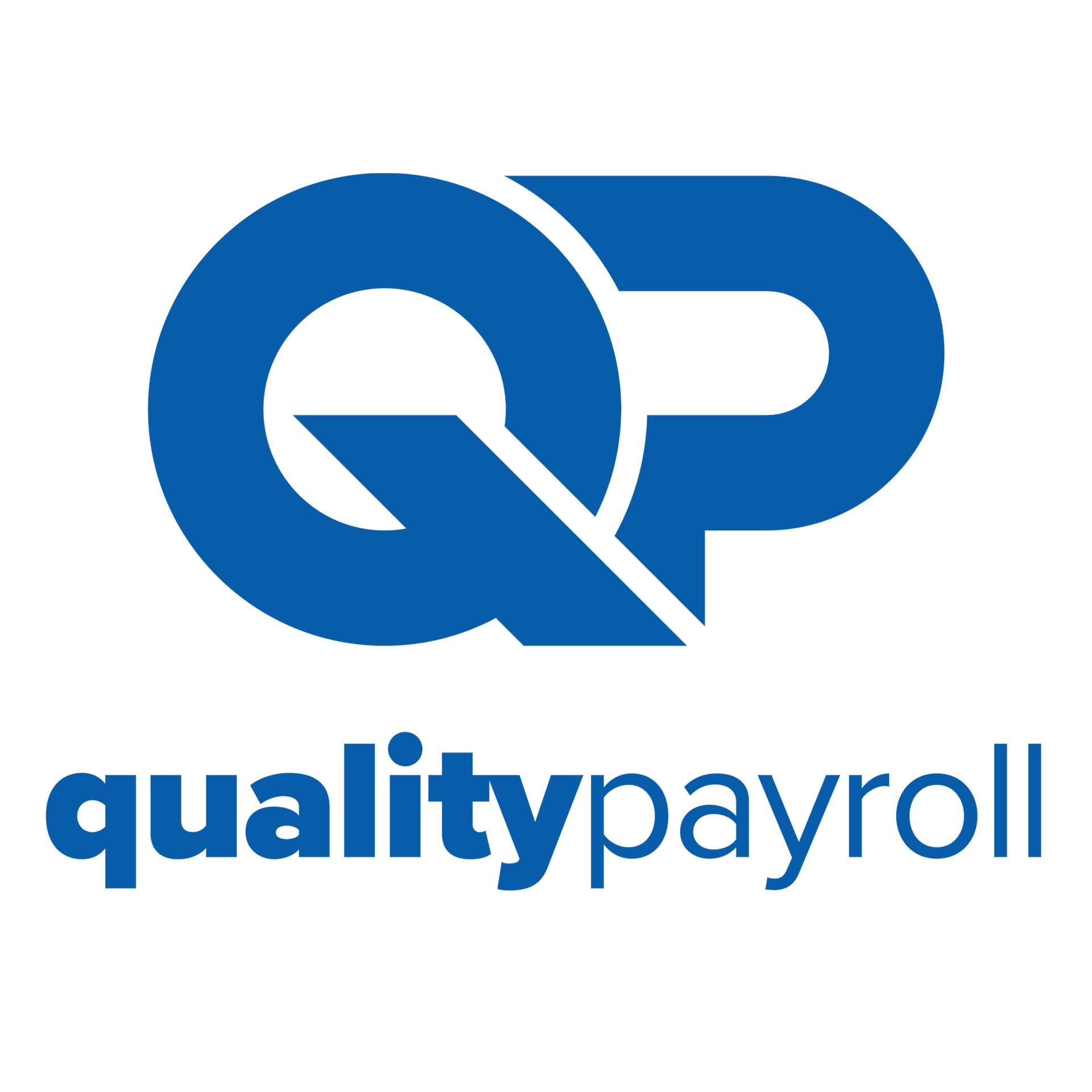Understanding the Basics: How to Navigate Employee Benefits Administration
Employee benefits are a crucial component of an organization’s compensation structure. They play a critical role in attracting, retaining, and motivating talent. However, managing these benefits – a process known as benefits administration – can be complex. We will aim to break down the basics of benefits administration, providing a roadmap for navigating this critical HR function.
What is Employee Benefits Administration?
Employee benefits administration involves the creation, management, and updating of employee benefits programs within a company. These benefits may include health insurance, retirement plans, paid time off, tuition reimbursement, wellness programs, and more. Benefits administration requires careful planning, effective communication, and meticulous compliance with relevant laws and regulations.
Establishing a Benefits Strategy
The first step in benefits administration is to establish a benefits strategy. This involves determining what benefits your company will offer, considering factors like your company’s budget, the needs and preferences of your workforce, and what your competitors are offering. Your benefits strategy should align with your overall business strategy and be designed to support your company’s objectives.
Selecting Benefits Providers
Once you’ve established your benefits strategy, the next step is to select your benefits providers. This could involve negotiating with health insurance companies, retirement plan providers, and other benefits vendors. It’s important to thoroughly evaluate potential providers to ensure they offer high-quality services and competitive rates.
Administering and Managing Benefits
Administering and managing benefits involves enrolling employees in benefits plans, processing benefits claims, updating benefits information when employees experience life changes (like marriage or the birth of a child), and managing benefits renewals. This requires careful attention to detail and a strong understanding of each benefits plan.
Compliance with Laws and Regulations
Benefits administration also involves ensuring compliance with relevant laws and regulations. This includes laws related to health insurance, retirement plans, and other benefits, such as the Affordable Care Act (ACA) and the Employee Retirement Income Security Act (ERISA) in the United States. Non-compliance can result in penalties, so it’s crucial to stay informed about the latest regulatory requirements.
Communication with Employees
Effective communication is a key aspect of benefits administration. Employees need to understand what benefits are available to them, how to enroll, and how to use their benefits. Regular, clear communication about benefits can improve employee satisfaction and ensure that employees fully utilize the benefits they’re offered.
Evaluating and Updating Your Benefits Program
Finally, it’s important to regularly evaluate and update your benefits program. This might involve conducting surveys to gauge employee satisfaction with their benefits, analyzing benefits usage data, and staying up-to-date on the latest benefits trends. Regularly updating your benefits program can help ensure it remains competitive and continues to meet the needs of your workforce.
Benefits administration is a complex, multifaceted process, but understanding the basics can make it much more manageable. By establishing a clear benefits strategy, carefully selecting benefits providers, effectively managing benefits, ensuring compliance with laws and regulations, communicating effectively with employees, and regularly evaluating and updating your benefits program, you can navigate the world of benefits administration and create a benefits program that supports your company’s success.
If you are looking for a payroll solution that allows you to focus on the parts of your business that you love then Quality Payroll has your back. We are here to take care of your bookkeeping, human resources, benefits, payroll, and administration needs. Count on our expertise to allow you to focus on your business! Contact us today for a free quote!
The post Understanding the Basics: How to Navigate Employee Benefits Administration appeared first on Quality Payroll & Benefits.










